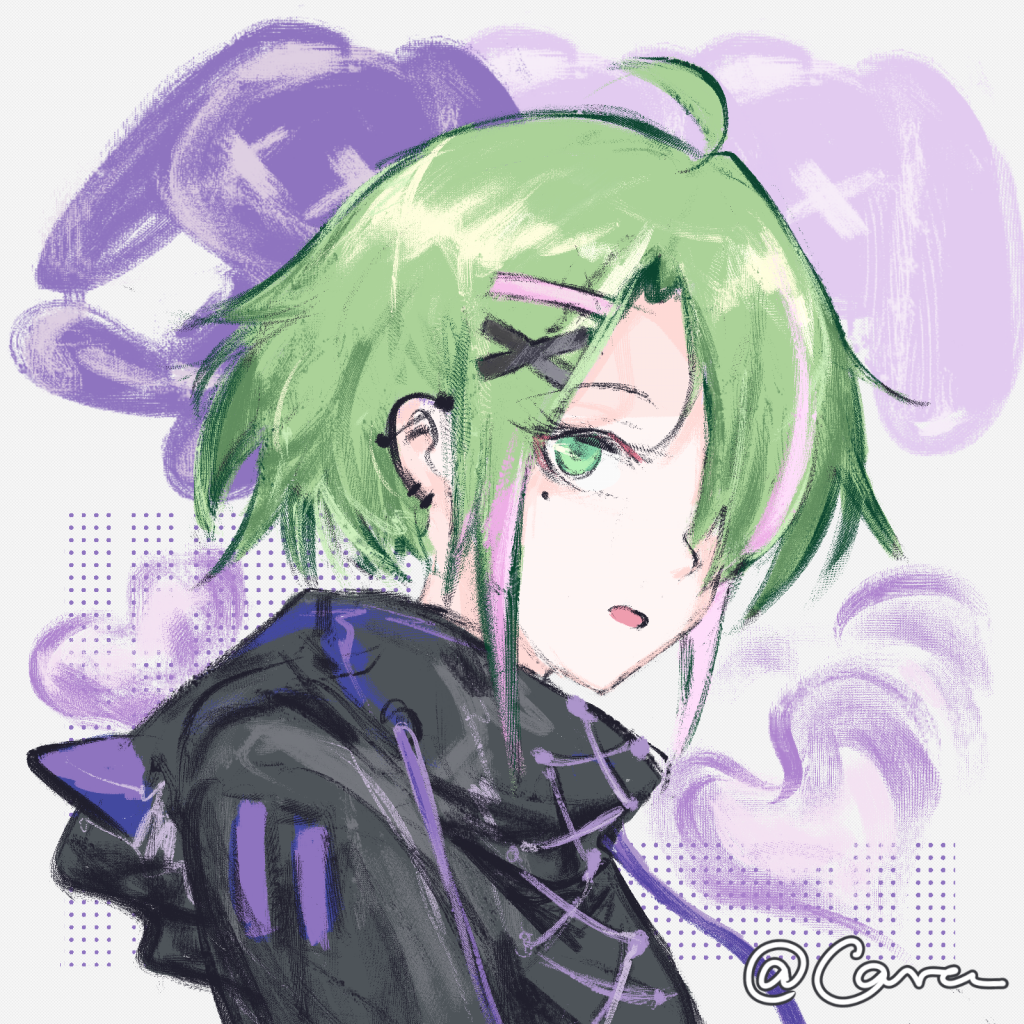When scoring this clip from Howl’s Moving Castle, I first focused on analyzing the emotional shifts in the film and capturing the underlying feelings of each segment. After repeatedly watching the clip, I decided on a linear composition divided into three main parts: Sophie flying, Sophie spotting and crashing into the moving castle, and the quiet night scene where Howl returns home injured.
Part One: Sophie Flying
After first watch, I noticed that each part has different emotional needs, but tension runs through all of them. The first part, where Sophie is driving the aircraft, carries a mixed emotional tone. From the previous scenes, Sophie has just been through an intense aerial battle. Her feelings here are a blend of fear from flying for the first time, the anxiety of fleeing danger, and concern for Howl, etc. To portray this, I used non-functional harmony to reflect her uncertainty and tension. Non-functional harmony avoids the predictable progression of traditional harmonies, which suited Sophie’s unsettled state well, adding a sense of unresolved tension.
Part Two: The Moving Castle
The second part is slightly more relaxed as Sophie spots the moving castle, which represents a safe home for her, though that relief is quickly disrupted by her crash into it. For this section, I added piano arpeggios to capture her sense of joy and exciting as she neared the castle. However, the initial arpeggio didn’t quite achieve the emotional transition I’d hoped for. While it conveyed her happiness, the shift from tension to calm and back to tension felt abrupt. I’m considering adding some tremolo or trill effects on the strings to ease this direct transition and make the flow from tension to relaxation smoother and more natural.
Initial Reflection
This composition process highlighted the challenge of accurately capturing and conveying emotions, which goes beyond just understanding harmony. It requires precise control of rhythm and sound. While separating the clip has helped me maintain a clear direction, achieving a smooth emotional transition remains a challenge. Moving forward, I’ll focus on experimenting with different instrument combinations for the transitions, aiming for more natural emotional progressions between each part.

Leave a Reply